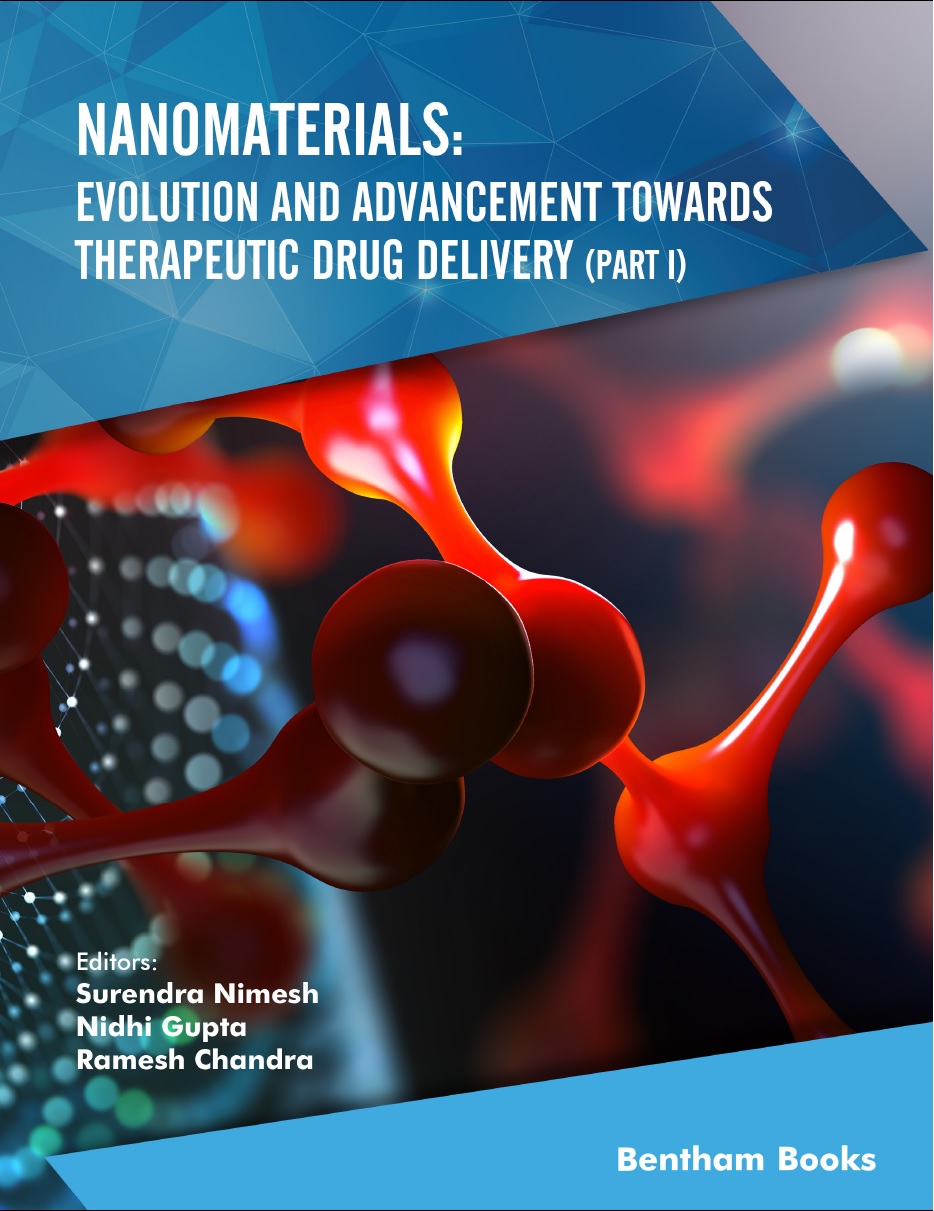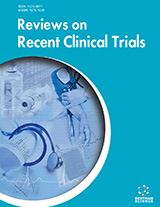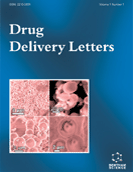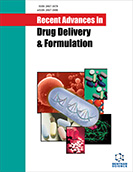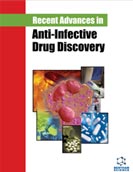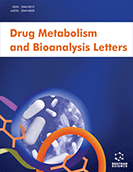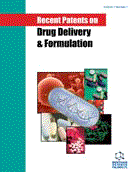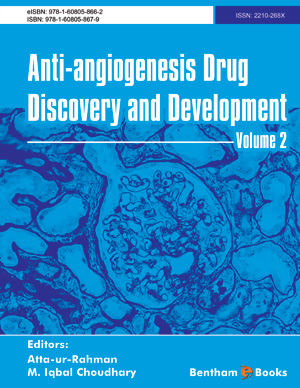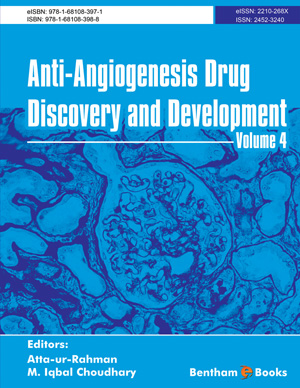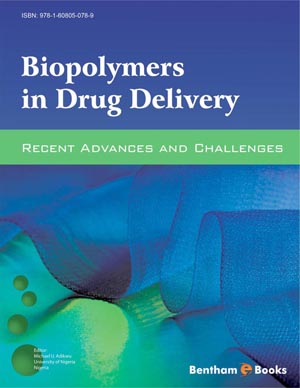Abstract
Characterization of nanostructured systems is an important aspect to support the choice of the better formulation composition and the best production conditions throughout a development process. Several methods can be used alone or combined for the determination of physical (e.g., mechanical, electrical, electronic, magnetic, thermal and optical), chemical or biological properties of a nanomaterial. This chapter is an overview of the most employed techniques, including dynamic light scattering and laser diffraction for the determination of size distribution; zeta potential and its relationship with stability and the surface charge of the particles; microscopies (optical microscopy, SEM, TEM, AFM) utilized in morphological analyses; spectroscopies in the infrared or ultraviolet-visible regions, and X-rays diffraction, which help to elucidate the crystalline state, polymorphism and drug-nanosystem interaction; and thermal analyses, which can provide information about the physical state, crystallinity, and stability. Further complementary information can be obtained from many other methods, such as nuclear magnetic resonance or Raman spectroscopy, but they are beyond the scope of this chapter. The careful choice of the characterization techniques to be used is certainly a decisive step in the successful and rational development of a nanocarrier formulation.
Keywords: AFM, Confocal microscopy, Dynamic Light scattering, Fluorescence microscopy, Nanoparticles, SEM, TEM, XRD.


